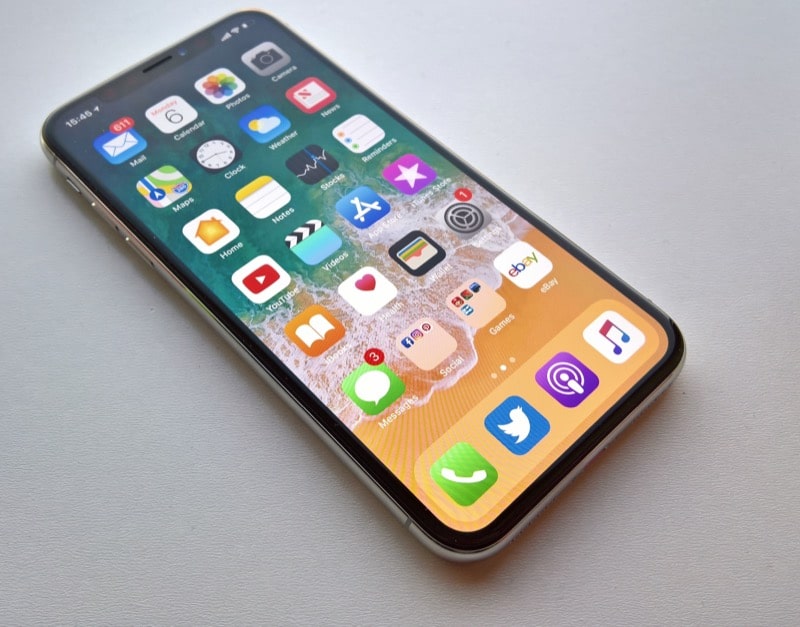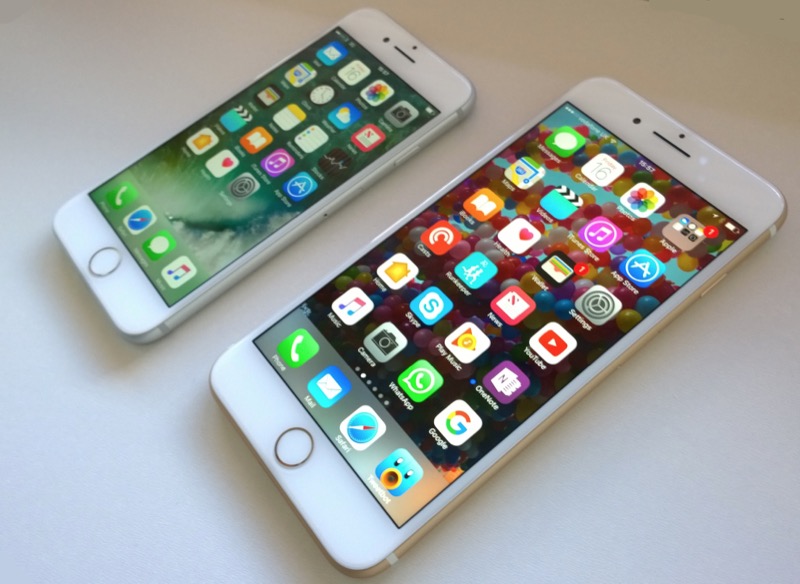
For many people out there, September means the arrival of a new iPhone. For many others, it just means another device gets compared to the other flagship Android-based devices already available in the market.
This year isn’t any different. There are already a plethora of flagship Android handsets available on the market, some expensive and others relatively cheap, and now Apple has its own yearly refresh out there in the wild. The iPhone 7, and the iPhone 7 Plus, officially launched on Friday, September 16, and Steve Litchfield for iPhoneHacks recently put together a review of the newest flagship from Apple, which he calls not only stunning, but also “close to perfection.”
When talking about whether or not the iPhone 7 is “incremental or innovative,” Litchfield goes over what Apple has added to this year’s flagship handset. He spends time talking about the little changes, as well as some of the more talked-about alterations, including the new capacitive Home “button,” the new camera system on the back, and more.
“True, the very welcome improvements in speed, capacity (the range now starts at 32GB – yay!) and battery life (1960mAh has been quoted) could have been predicted. But the addition of OIS to the camera in the iPhone 7 is much more than a spec bump – it takes imaging into a whole new league by letting iPhone users shoot low light shots with confidence, knowing that the shutter can be open for much longer and that the final photo will have less noise and better colours. This even applies for human (i.e. moving) subjects to a degree, thanks to the world’s first quad LED flash (besting Microsoft’s triple LED on its Lumia flagships), ensuring that if flash is used there’s a good chance of a crisp enough photo, even in a pub or club.”

Of course, when talking about the iPhone 7, one has to talk about the loss of the 3.5mm headphone jack, apparently. And Litchfield covers this, too:
“In fairness, most of us do already use wireless audio a surprising amount – whether via AirPlay, via Bluetooth or simply by using the speakers – only about a third of my audio on a smartphone actually goes via the 3.5mm jack, so the removal of this isn’t going to be quite as distressing as most pundits have been predicting. I hate to sound like an Apple apologist, but the company really does have things covered here – there are Lightning versions of the old earpods in the box (even though I personally don’t rate them in terms of fidelity), plus there’s a Lightning to 3.5mm adapter included as well, so that you can simply plug in the quality headphones of your choice when the time comes. Many people will simply leave the Apple adapter on the end of said headphones, and thankfully Apple’s only charging around $10 or local equivalent for extra adapters, so it’s not a big issue to just grab a few of these and leave them on headsets or other convenient places in your life, for as and when needed.”
It’s worth noting that Apple isn’t really the first company to even do this. There were two Android-based devices launched earlier this year that also don’t feature the headphone jack at all, the most notable company being Motorola, ditching the jack in its flagship Moto Z handsets.

Litchfield talks about iOS 10, which technically launched earlier in September, but comes pre-loaded and ready to go out of the box in the iPhone 7. On a day-to-day use, he says the new software, along with the new phone, is snappy and responsive, and everything feels smooth when moving from one application to another.
“You may have seen various YouTube videos showing the iPhone 6s running rings around a Galaxy S7 in terms of opening applications one by one – while this test scenario is somewhat artificial, it does show how fast iOS is with these modern, super-optimised Apple-designed chips – the iPhone 7 has a quad core A10 Fusion, with two high speed 2.3GHz cores and two low power 1GHz cores (to handle operations when absolute speed isn’t needed), backed up by 2GB of RAM. The upshot, given the relatively low 750p screen, is very fast operation when needed (usually only ever restricted by the deliberate animations and transitions to help the user work out what’s going where in the UI) and terrific battery life the rest of the time.”

The camera system on the iPhone 7 has been improved over the iPhone 6s and iPhone 6, and Litchfield notes the improvements are certainly noteworthy:
“As mentioned above, the addition of OIS to the standard size iPhone’s camera is huge. Every phone can take great snaps in the sunshine, but when the light levels drop then OIS comes into its own. Here the 12MP camera now has a f/1.8 aperture too (c.f. f/2.2 on the 6s) – add letting in 50% more light to exposure times that can be longer (up to 1/4s in my tests, though longer exposures can be set with third party apps), and you’ve got a recipe for superb evening shots. Focussing’s not as fast as on Samsung’s latest flagships but the Phase Detection Auto Focus (PDAF) here is still more than quick enough to capture everyday action. Shot to shot and burst mode times are amazingly fast, as usual, with Apple’s latest chipset.”
And, finally, the verdict:
“And so to the title of this iPhone 7 review and my overall verdict. Anyone who knows my writing will appreciate that I’m usually covering Android and Windows 10 Mobile, so I’m coming to the iPhone 7 not as a fan-boy but as someone who knows full well how tough the competition is in the smartphone world. And I’m still blown away.
Don’t listen to the doom and gloom mongers – and I speak as a fan of 3.5mm headphones and audio fidelity. I predict that the Apple iPhone 7 (and even more the iPhone 7 Plus, review coming soon) will sell very well, better than the ‘6s’. From camera to battery to speakers to waterproofing, I’m running out of things to possibly complain about in an iPhone, even when comparing it to the tech goodies available elsewhere in the farthest reaches of the mobile world.”
All-in-all, it sounds like the iPhone 7 is still a solid, and superb, phone. It isn’t Android, though, and some of these areas might actually be better on flagship handsets already available on the market.
You can check out the full review below.
[via iPhoneHacks]















